Welcome to an exciting journey into the realm of dynamic classroom management. Energizing your students and maintaining a balanced energy level is a vital component of effective teaching. In this article, we present 90 innovative techniques designed to help you create a classroom environment that promotes active engagement, thoughtful participation, and optimal learning. From mindful breathing to peer coaching, these strategies will empower you to infuse your teaching with creativity, ensuring your students remain captivated and energized throughout their learning experience. Let’s explore these techniques and unlock the secrets to managing classroom energy like a pro.
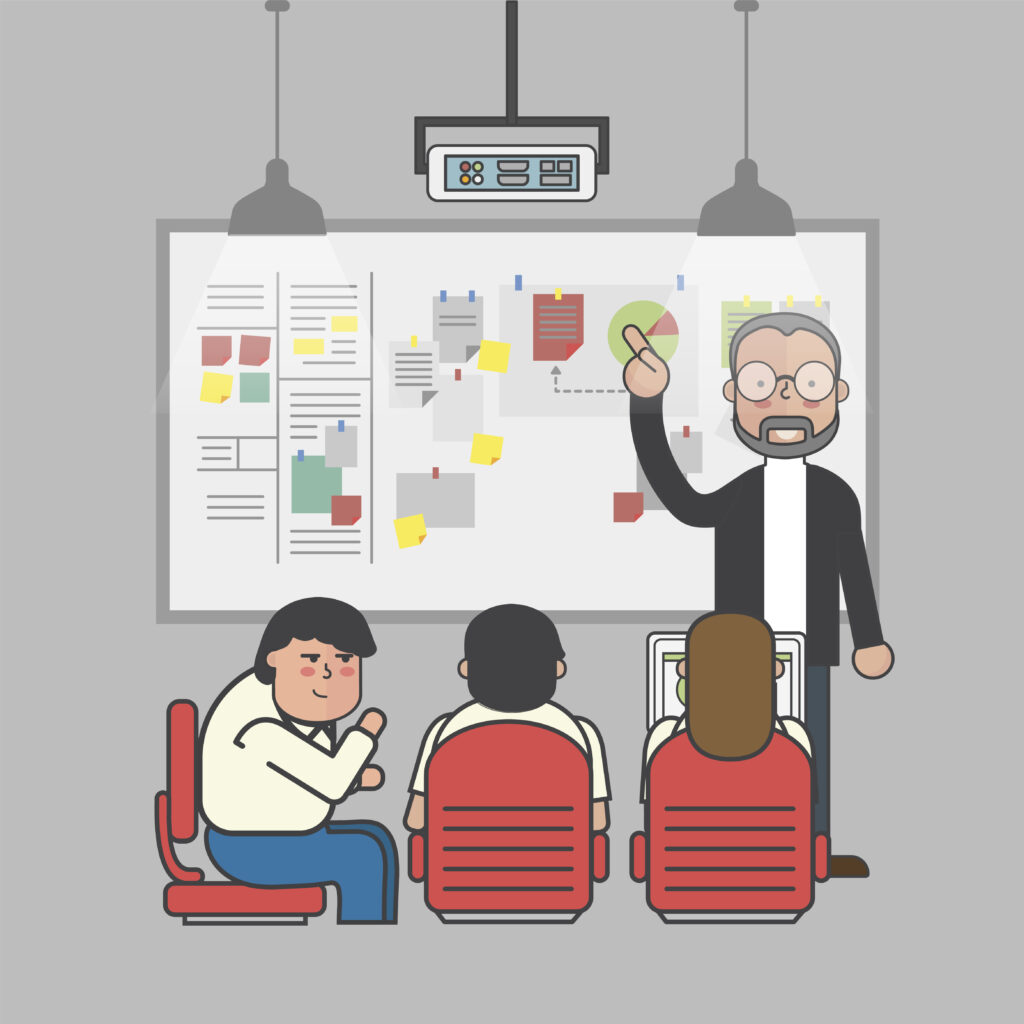
1. Energizing Icebreakers: Example: Start the class with a “Two Truths and a Lie” icebreaker. Have each student share two true statements and one false statement about themselves. This not only gets students talking and engaging with each other but also sets a positive and energetic tone for the rest of the lesson.
2. Mindful Breathing: Example: Before beginning a challenging task, lead students through a brief mindful breathing exercise. Instruct them to close their eyes, take slow deep breaths, and focus on the sensation of their breath. This helps students calm their minds, reduce stress, and regulate their energy for focused learning.
3. Flexible Seating: Example: Create different seating zones in your classroom, such as a quiet corner with bean bags for students who prefer a calm environment, standing desks for those who need movement, and traditional desks for focused tasks. Allowing students to choose where they sit based on their energy levels and preferences can enhance their engagement.
4. Engaging Activities: Example: For a lesson on history, organize a “living museum” activity where students take on the roles of historical figures and interact with their classmates to share information. This hands-on approach stimulates high energy levels and fosters active participation.
5. Movement Breaks: Example: After a prolonged period of sitting, lead a short dance break where students get up and dance to a fun, energetic song. This quick burst of movement helps students release excess energy and return to the lesson with improved focus.
6. Visual Timers: Example: Display a countdown timer on the screen for group activities or independent work sessions. Inform students that they have a set amount of time to complete a task, providing a clear structure that helps manage their energy and time effectively.
7. Positive Reinforcement: Example: Create a “Star Student” recognition system where students who consistently demonstrate positive behavior, active participation, and helpful contributions receive a star sticker. Accumulated stickers can be traded in for small rewards or privileges, encouraging students to maintain positive energy and engagement.
8. Group Dynamics: Example: Assign group projects that require collaboration and collective decision-making. This encourages students to work together, manage their energy levels, and contribute positively to the overall classroom atmosphere.
9. Personalized Learning: Example: Differentiate assignments based on student strengths and interests. If a student is passionate about art, incorporate art-related elements into their assignments, allowing them to engage with the content at their optimal energy level.
10. Open Communication: Example: Hold regular class meetings where students can openly discuss their feelings, concerns, and ideas related to the classroom environment. This open dialogue empowers students to have a voice in managing the class’s energy and fosters a sense of ownership.
11. Silent Signals: Example: Establish a set of non-verbal signals, such as raising your hand or holding up a specific color card, to communicate with students when their energy levels need to be adjusted. This allows you to discreetly redirect attention without disrupting the flow of the lesson.
12. Brain Teasers and Puzzles: Example: Introduce a challenging brain teaser or puzzle related to the lesson topic. This engages students’ critical thinking skills, channeling their energy into problem-solving and fostering a focused learning environment.
13. Socratic Questioning: Example: Use Socratic questioning techniques to encourage thoughtful discussion and active participation. By posing open-ended questions, you stimulate students’ intellectual curiosity and guide them toward deeper exploration of the subject matter.
14. Mood Music: Example: Play background music that matches the desired energy level for different activities. Upbeat music can energize students during group work, while calming instrumental music can help create a serene atmosphere during independent tasks.
15. Reflection Journals: Example: Have students maintain reflection journals where they write about their energy levels throughout the day. This encourages self-awareness and helps students recognize patterns in their energy fluctuations.
16. Energy Meter: Example: Create a visual “Energy Meter” chart in the classroom where students place a sticker or magnet to indicate their current energy level. This allows you to gauge the collective mood and make adjustments as needed.
17. Peer Mentors: Example: Assign experienced students as peer mentors to assist classmates in managing their energy levels and staying engaged. Peer mentors can provide guidance, share strategies, and encourage positive behavior.
18. Role Rotation: Example: During group activities, assign different roles to students (timekeeper, leader, scribe, etc.). Rotating roles keeps students actively involved and accountable, managing their energy as they switch responsibilities.
19. Gamified Learning: Example: Introduce educational games or gamified activities that incorporate elements of competition and teamwork. This dynamic approach can boost energy and motivation while enhancing learning.
20. Guest Speakers or Virtual Tours: Example: Arrange for guest speakers or virtual tours related to the lesson content. Exposing students to new perspectives and real-world experiences can invigorate their energy and curiosity.
21. Themed Days or Weeks: Example: Designate themed days or weeks where the classroom decor, activities, and discussions revolve around a specific topic. This thematic approach adds variety and excitement to the learning environment.
22. Creativity Corner: Example: Set up a designated area in the classroom for creative expression, equipped with art supplies, writing prompts, or building materials. Students can use this space to channel their energy into creative projects.
23. Gallery Walk: Example: Arrange stations around the classroom with different learning materials or questions related to the lesson. Allow students to move around, explore, and contribute to each station. This active approach keeps their energy engaged and encourages participation.
24. Real-World Connections: Example: Relate the lesson content to real-life scenarios or current events. Discussing practical applications of the material can spark student interest and maintain an energetic classroom atmosphere.
25. Student-Generated Content: Example: Assign students to create their own presentations, videos, or interactive activities to share with the class. This not only empowers them to take ownership of their learning but also brings a fresh burst of energy into the classroom.
26. Mystery Activities: Example: Incorporate mystery-solving activities into your lessons. Present students with clues related to the topic and encourage them to work collaboratively to uncover the solution. This adds an element of excitement and engagement.
27. Peer Teaching: Example: Have students take turns teaching a short segment of the lesson to their classmates. This approach not only promotes active participation but also helps students manage their energy levels through shared responsibility.
28. Mind Maps and Visuals: Example: Use mind maps, diagrams, and visual aids to represent complex concepts. Visual representations can stimulate different learning styles and maintain high energy levels during content exploration.
29. Outdoor Learning: Example: Whenever feasible, take the class outside for a lesson or activity. Outdoor settings can invigorate students, enhance their focus, and offer a change of scenery that positively impacts energy levels.
30. Storytelling: Example: Integrate storytelling into your lessons, either through narratives, role-play, or creative writing. Storytelling captivates students’ imagination and enthusiasm, driving their engagement.
31. Peer Feedback Circles: Example: Organize small peer feedback circles where students share their work with each other and provide constructive feedback. This promotes active listening, collaboration, and a sense of collective energy.
32. Current Trends or Pop Culture References: Example: Integrate current trends, pop culture references, or memes related to the subject matter. This contemporary approach can generate excitement and resonate with students’ interests.
33. Tech-Enhanced Learning: Example: Incorporate educational technology tools like interactive quizzes, online simulations, or virtual field trips. These tools can stimulate curiosity and maintain an energetic learning environment.
34. Simulations and Role-Playing: Example: Engage students in simulations or role-playing activities that require them to act out historical events, scientific processes, or real-world scenarios. This hands-on approach sparks energy and creativity.
35. Debate or Socratic Seminars: Example: Organize debates or Socratic seminars where students engage in thoughtful discussions about controversial or thought-provoking topics. Encourage respectful discourse to maintain a lively yet focused energy level.
36. Guest Experts: Invite professionals or experts to speak to the class about real-world applications of the subject matter.
37. Peer Reviews: Have students review and provide feedback on each other’s work, fostering collaboration and active engagement.
38. Mystery Box: Introduce a mystery box containing items related to the lesson, sparking curiosity and anticipation.
39. Concept Mapping: Use concept mapping to visually represent connections between different concepts, encouraging active participation.
40. Stand and Share: Allow students to stand up and share their insights or responses with the class.
41. Brainstorming Sessions: Conduct brainstorming sessions where students generate creative ideas related to the lesson.
42. Field Trips or Virtual Tours: Organize trips or virtual experiences that connect the lesson to real-world environments.
43. Class Discussions: Engage in class-wide discussions on relevant and stimulating topics.
44. Flipped Classroom: Assign pre-lesson materials to be reviewed outside of class, allowing for more interactive in-class activities.
45. Similes and Metaphors: Incorporate similes and metaphors to describe complex concepts, making them more relatable and engaging.
46. Countdown Challenges: Set time-based challenges for tasks, encouraging students to manage their energy effectively.
47. Peer Coaching: Pair students to coach and support each other in understanding and completing assignments.
48. Learning Stations: Set up different learning stations around the classroom for hands-on exploration of various topics.
49. Reflective Journals: Encourage students to keep journals where they reflect on their energy levels during different activities.
50. Creativity Showcases: Allow students to showcase their creative projects related to the lesson.
51. Current Events Analysis: Discuss current events or news stories related to the subject, stimulating critical thinking and discussion.
52. Learning Games: Design educational games that reinforce lesson concepts in an engaging and interactive way.
53. Quick Polls: Use digital polling tools for quick class surveys or quizzes to gauge understanding and opinions.
54. Peer Assessment: Have students assess and provide feedback on each other’s work, promoting active participation and learning.
55. Problem-Solving Challenges: Present students with real-world problems to solve, connecting the lesson to practical applications.
56. Thought Experiments: Pose intriguing thought experiments or hypothetical scenarios for discussion.
57. Character Role-Playing: Assign students characters from literature or historical events for role-playing activities.
58. Student-Directed Learning: Let students choose a topic of interest and research it, then present to the class.
59. Guest Authors: Invite authors of relevant books or articles to discuss their work with the class.
60. Silent Discussions: Conduct written discussions where students communicate through notes or chat, allowing for thoughtful engagement.
61. Cross-Curricular Connections: Integrate concepts from other subjects to create a holistic and engaging learning experience.
62. Multimedia Presentations: Encourage students to create multimedia presentations using visuals, audio, and video.
63. Problem-Based Learning: Present students with real-world problems and guide them through the process of finding solutions.
64. Role Reversal: Let students take on the role of the teacher for a brief segment of the lesson.
65. Expert Panels: Form expert panels where students share their expertise on specific subtopics.
66. Conceptual Debates: Organize debates around key concepts, encouraging critical thinking and lively discussions.
67. Peer Editing: Have students edit and revise each other’s written work, promoting active engagement in the learning process.
68. Classroom Newspaper: Assign students to create a classroom newspaper covering various lesson topics.
69. Prediction Exercises: Ask students to predict outcomes or trends based on lesson concepts, fostering active thinking.
70. Group Art Projects: Collaborative art projects that visually represent lesson concepts, enhancing engagement.
71. Case Studies: Analyze real-life case studies related to the subject matter.
72. Vocabulary Games: Play word games or vocabulary-building activities related to the lesson.
73. Social Media Engagement: Incorporate social media platforms for discussions and sharing related to the lesson.
74. Learning Contracts: Let students design their own learning objectives and strategies for the lesson.
75. Student-Generated Questions: Have students come up with questions related to the lesson for class discussion.
76. Conceptual Puzzles: Introduce puzzles that require students to apply lesson concepts to solve them.
77. Science Experiments: Conduct hands-on experiments that demonstrate lesson principles.
78. Collaborative Storytelling: Have students collectively create a story related to the lesson.
79. Thoughtful Exit Tickets: End the lesson with a brief reflection or question related to the topic.
80. Peer Teaching Circles: Arrange peer teaching circles where students share what they’ve learned with each other.
81. Conceptual Artifacts: Create physical artifacts that represent key lesson concepts.
82. Travel Journals: Use travel-themed prompts for journaling or creative writing exercises.
83. Pop Quizzes: Surprise students with short quizzes to reinforce lesson material.
84. Problem Gallery Walk: Display different problems around the classroom for students to analyze and discuss.
85. Predictions and Reflections: Have students make predictions before a lesson and reflect on them afterward.
86. Visual Learning Aids: Use videos, infographics, and images to convey complex concepts.
87. Reciprocal Teaching: Divide students into groups, each responsible for teaching a specific part of the lesson to the class.
88. Journalistic Reporting: Assign students to report on lesson topics as if they were journalists covering a news story.
89. Group Mind Maps: Have students collaboratively create mind maps to visualize connections between lesson concepts.
90. Synchronized Activities: Engage students in synchronized activities like clapping or rhythmic movements to boost energy.
Remember to adapt these techniques to suit your classroom’s dynamics, age group, and subject matter. The goal is to create an engaging and interactive learning environment that effectively manages classroom energy levels.


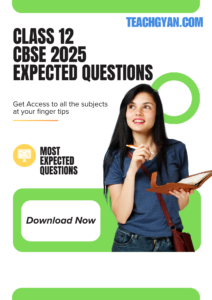
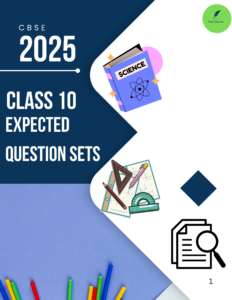
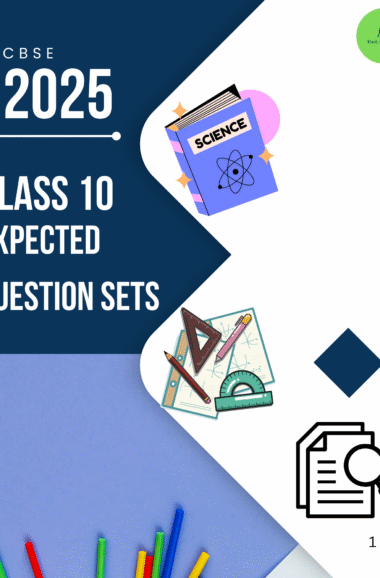
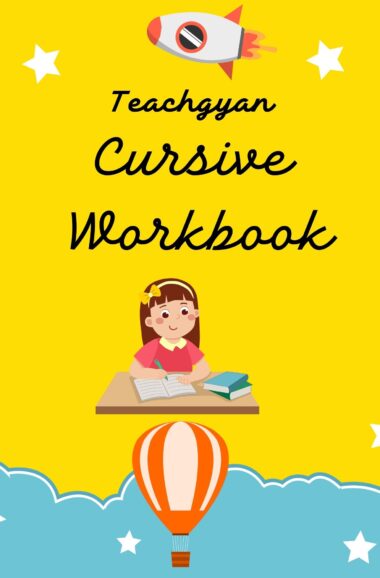

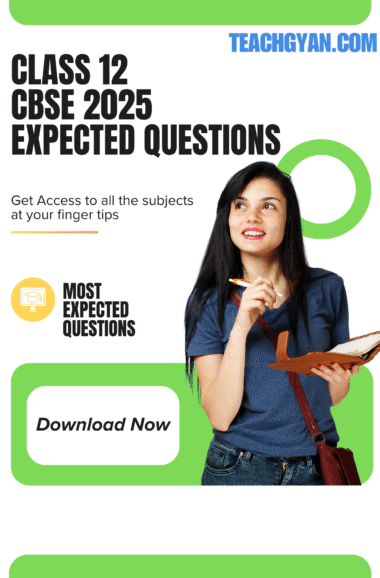
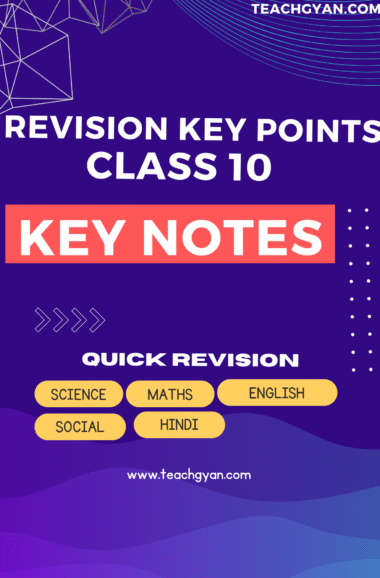
Useful techniques, thanks for sharing